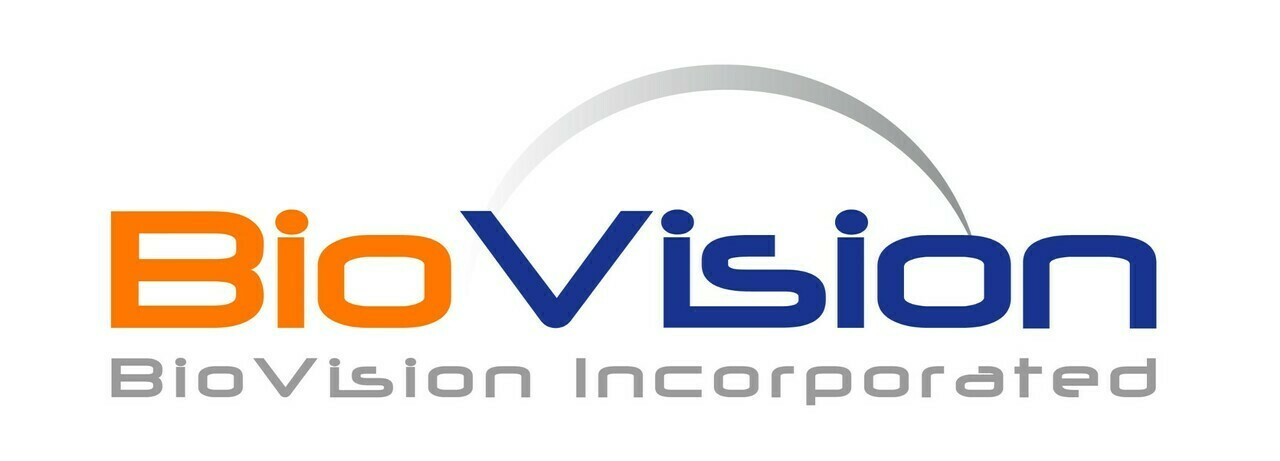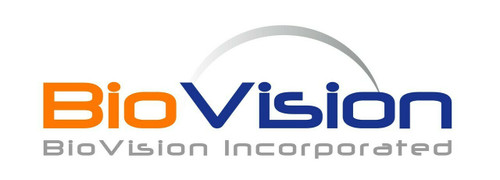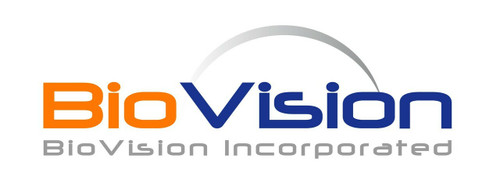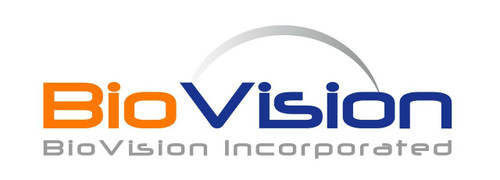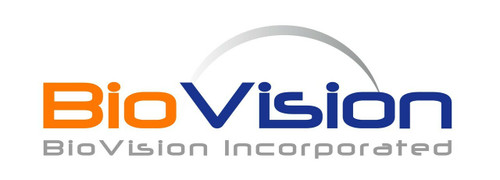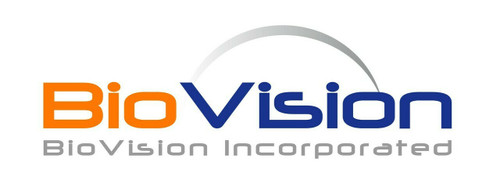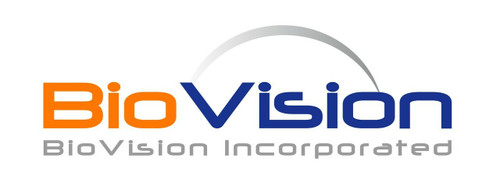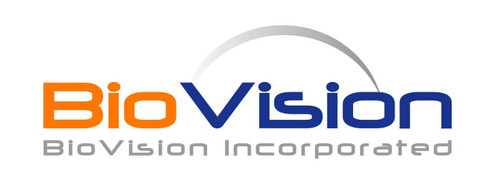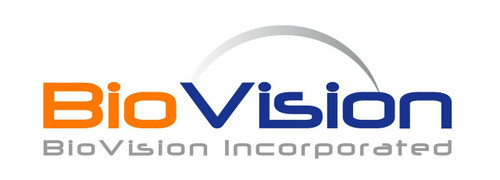Product Description
Human CD28 (Cluster of Differentiation 28) is expressed on the cell surface as a glycosylated, disulfide-linked homodimer. CD28 is the founding member of a subfamily of costimulatory molecules characterized by an extracellular variable immunoglobulin-like domain. Other members of the subfamily include ICOS, CTLA4, PD1, PD1H, and BTLA. CD28 and CTLA4 are highly homologous and compete for the same ligands B7-1 (CD80) and B7-2 (CD86). CD28 is expressed constitutively on almost all human CD4 T cells and approximately 50% of CD8 T cells. CD28 has diverse effects on T cell functions including the induction of cell proliferation and cytokine production and promotion of T-cell survival. Experiments showed that CD28 and CTLA4 have opposing effects on T cell stimulation. CD28 provides an activating signal and CTLA4 provides an inhibitory signal. Translation of a basic understanding of CD28 function into immunomodulatory therapeutics has been uneven, with both successes and failures from pre-clinical studies.
Biovision | P1471 | Human CellExp™ CD28, Human/ Cynomolgus / Rhesus macaque Recombinant DataSheet
Biomolecule/Target :
Synonyms: T-cell-specific surface glycoprotein CD28, CD antigen: TP44, Tp44, T-Cell-Specific Surface Glycoprotein, CD28 Molecule
Alternates names: T-cell-specific surface glycoprotein CD28, CD antigen: TP44, Tp44, T-Cell-Specific Surface Glycoprotein, CD28 Molecule
Taglines: T-cell-specific surface glycoprotein CD28
NCBI Gene ID #: 940
NCBI Gene Symbol: CD28
Gene Source: Human/ Cynomolgus / Rhesus macaque
Accession #: P10747
Recombinant: True
Source: HEK 293 cells
Purity by SDS-PAGE: >90%
Assay: SDS-PAGE
Purity:
Assay #2:
Endotoxin Level:
Activity (Specifications/test method):
Biological activity: Human biotinylated CD28 can bind to immobilized human CD86 (BioVision Cat# 7496 at 5 ug/ml, 100 ul/well) with a linear detection range of 0.08 to 0.6 ug/ml.
Results:
Binding Capacity:
Unit Definition:
Molecular Weight: This protein is fused with a polyhistidine tag at the C-terminus with the calculated molecular weight of ~16 kDa. The predicted N-terminus is Asn 19 (UniProtKB – P10747 CD28_HUMAN). DTT-reduced protein shows a band about 35-45 kDa due to heavy glycosylation.
Concentration:
Appearance: Lyophilized powder
Physical form description: Lyophilized
Reconstitution Instructions: Centrifuge the vial prior to opening. Reconstitute in PBS, pH 7.4.
Amino acid sequence: Asn 19 - Pro 152
Handling: Centrifuge the vial prior to opening.
Usage:
 Euro
Euro
 USD
USD
 British Pound
British Pound
 NULL
NULL

